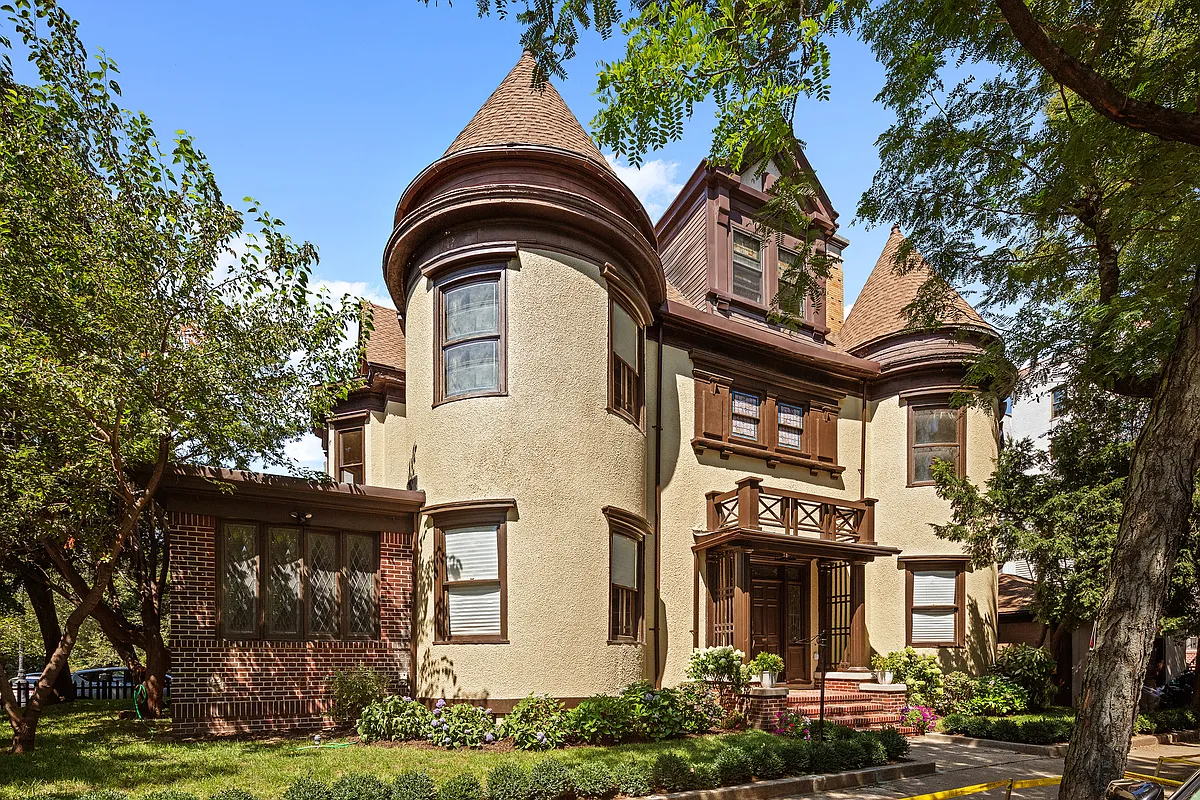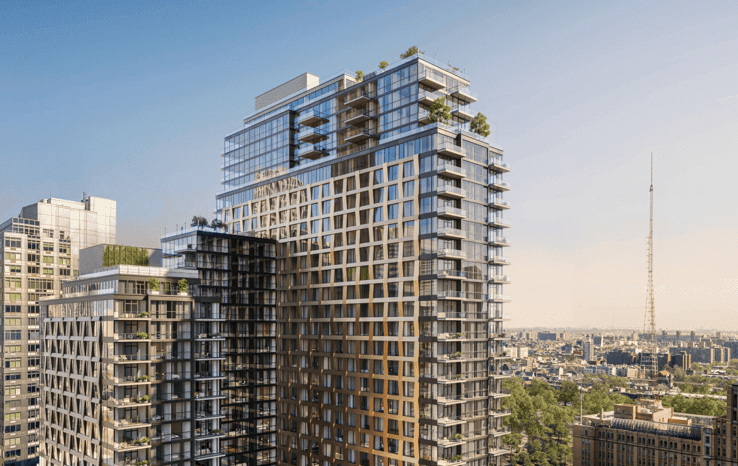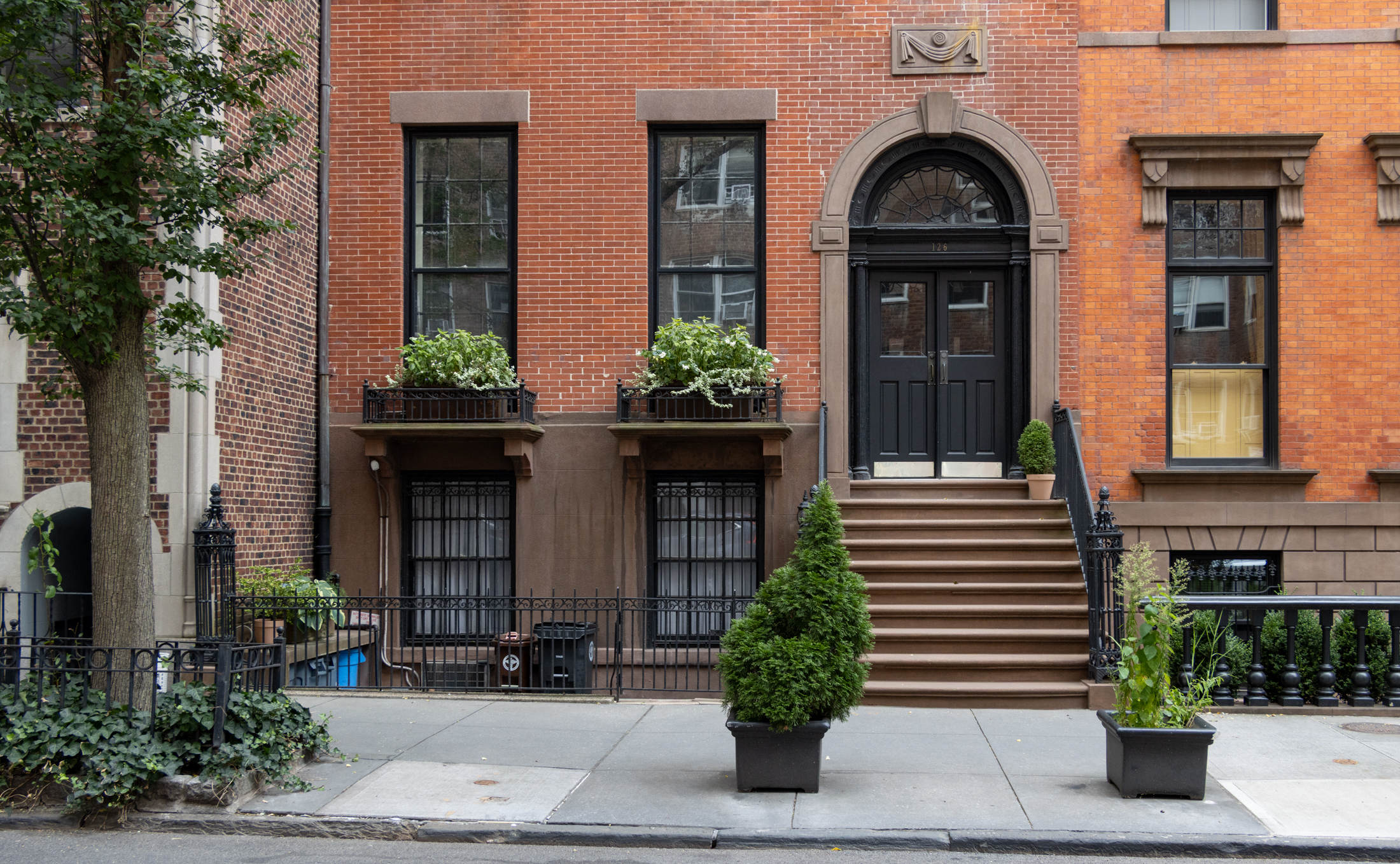Parking Hogs Spur Curb Cut Changes
The Times documents the case of the Upper East Side brownstone owners whose suit against the city to install a driveway earlier this year precipitated a rapid change in the city’s zoning code in order to stop an avalanche of copy-cat lawsuits. The owners, a waste management consultant and his portfolio manager wife, argued that…

 The Times documents the case of the Upper East Side brownstone owners whose suit against the city to install a driveway earlier this year precipitated a rapid change in the city’s zoning code in order to stop an avalanche of copy-cat lawsuits. The owners, a waste management consultant and his portfolio manager wife, argued that since their house was over a hundred years old it could not be considered a “development” under the city code and therefore was not bound by the code that limited driveways to residential buildings with a width of at least 40 feet. The state supreme court bought their argument, which sent DOB and City Planning officials into a panic. The new code gives officials the ability to deny a curb cut application if they deem it to be “inconsistent with the character of the existing streetscape.” Too bad this wasn’t on the books when the owner of 174 Clinton Avenue, above, ripped open the facade of the 19th-century house in Clinton Hill because he thought it would bring a higher price on the market. As far as we can tell, despite numerous price cuts, the house failed to sell.
The Times documents the case of the Upper East Side brownstone owners whose suit against the city to install a driveway earlier this year precipitated a rapid change in the city’s zoning code in order to stop an avalanche of copy-cat lawsuits. The owners, a waste management consultant and his portfolio manager wife, argued that since their house was over a hundred years old it could not be considered a “development” under the city code and therefore was not bound by the code that limited driveways to residential buildings with a width of at least 40 feet. The state supreme court bought their argument, which sent DOB and City Planning officials into a panic. The new code gives officials the ability to deny a curb cut application if they deem it to be “inconsistent with the character of the existing streetscape.” Too bad this wasn’t on the books when the owner of 174 Clinton Avenue, above, ripped open the facade of the 19th-century house in Clinton Hill because he thought it would bring a higher price on the market. As far as we can tell, despite numerous price cuts, the house failed to sell.
Yikes! It’s a Garage [NY Times]





What I can’t figure out is what was Madoff’s motivation??? He could have run off with a lot of money. He must have had some very weird psychological pathology.
Let’s go back to horses/carriages. It’s green!
***Bid half off peak comps***
Madoff could have been called portfolio manager (fine upstanding one too). Certainly made more than mob character.
Sparafucile…apparently you didn’t read the whole story where it points out specificly how much more houses ARE worth with parking.
Between the cost of construction, the cost of the legal fight, and the loss of the use of your front yard and part of the cellar level of your house, I don’t see the logic of doing it this way, rather than just paying a few hundred a month at the public parking garage down the street.
Same thing for paying extra for a house that already has such a garage. On-site parking is nice, but at that much of a premium?
Not getting your point, Pete.
that 174 Clinton Ave house appears now to have been rented out to a bunch of bike riding hippie / artist types.
yeah, look how much money Madoff made.
quote:
I would certainly wonder what it feels like to be the most hated people on a block
it aint fun!!
*rob*